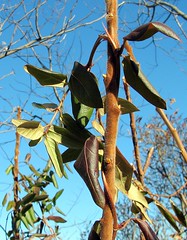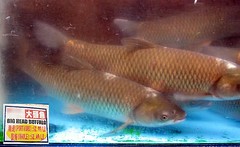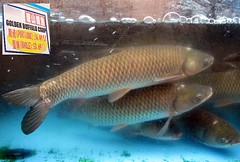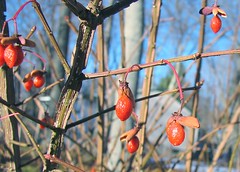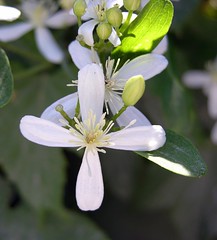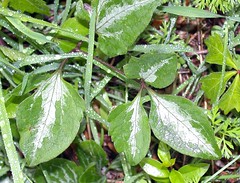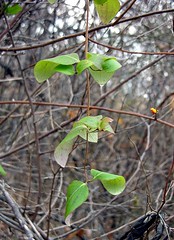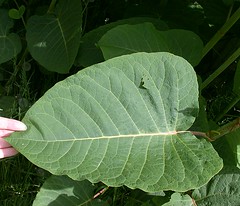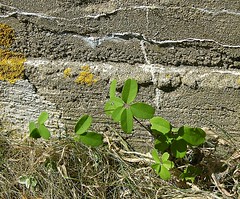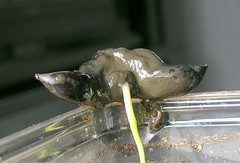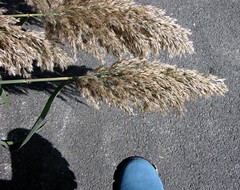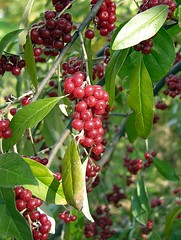Hamtaro!
The ISW likes to bring you invasive species news from around the world. Unfortunately, a language barrier exists that can make it hard for English-speaking readers to appreciate some of this news. As a public service, the ISW is please to bring you this piece of invasive species public outreach from Japan, with translations provided via mouseover:

For the original 3-fold leaflet, provided by the Japanese Ministry of the Environment, go here (.pdf).
Update: For those of you that are oh-so-curious, here is the actual translation of the pamphlet, courtesy of The Almighty Babel Fish and the ISW:
Three Adverse Effects of Introduced Species:
1) They can influence the Japanese Ecosystem
- They will eat native things
- They will hybridize with native species that are close relatives
- They will compete with natives for food (Food may be "resources" - I am not sure if the seedling is sad because it is the only one or because it is being shaded out, but I suspect the former)
2) They can cause harm to human health
- They will poison or bite people
3) They can influence agriculture, forestry, and the fishing industry
- They will eat crops and fish
